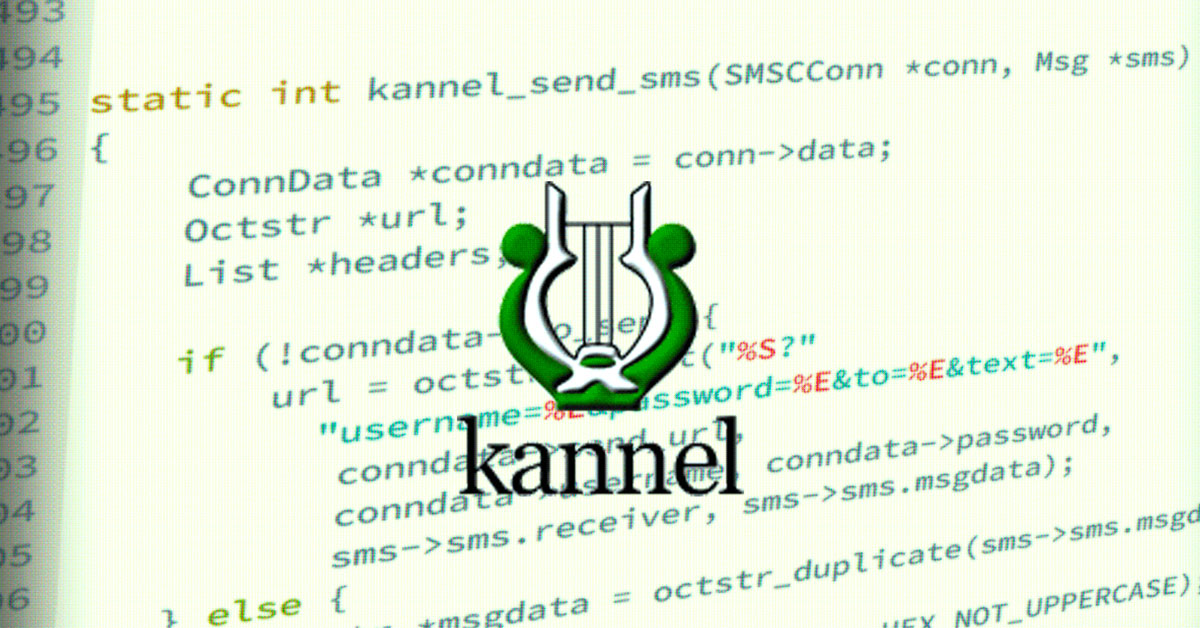
Kannel is a compact and very powerful open source WAP and SMS gateway, used widely across the globe both for serving trillions of short messages (SMS), WAP Push service indications and mobile internet connectivity. Kannel is mainly being developed on Linux systems, and should be fairly easy to port to other Unix-like systems. Download full tech guide.
Text messaging used for marketing and advertising, generating contact with your current services. It usually is any anyone to a single communication or perhaps a one communication to be able to a large number of consumers, text messaging still continue. Customers satisfaction and the happy clients are the top concern. Use of SMS Aggregator for advertising and marketing by small establishments can also help them to contact a more customers when announcements are relayed above recent social networks.
SMS, short message services, are widely used all over the world in huge amounts. The main use for Kannel is to link HTTP based services to various SMS centers using obscure protocols.
WAP, short for Wireless Application Protocol, is a collection of languages and tools and an infrastructure for implementing services for mobile phones. Traditionally such services have worked via normal phone calls or short textual messages (e.g., SMS messages in GSM networks). Neither are very efficient to use, nor very user friendly. WAP makes it possible to implement services similar to the World Wide Web.
Unlike marketers claim, WAP does not bring the existing content of the Internet directly to the phone. There are too many technical and other problems for this to ever work properly. The main problem is that Internet content is mainly in the form of HTML pages, and they are written in such a way as to require fast connections, fast processors, large memories, big screens, audio output, and may require fairly efficient input mechanisms. That’s OK, since they hopefully work better for traditional computers and networks that way. However, portable phones have very slow processors, very little memory, abysmal and intermittent bandwidth, little screens and extremely awkward input mechanisms. Most existing HTML pages simply will not work on them.
WAP defines a completely new markup language, the Wireless Markup Language (WML), which is simpler and much more strictly defined than HTML. It also defines a scripting language, WMLScript, which all browsers are required to support. To make things even simpler for the phones, it even defines its own bitmap format (Wireless Bitmap, or WBMP).
HTTP is also too inefficient for wireless use. By using a semantically equivalent, but binary and compressed format it is possible to reduce the protocol overhead to a few bytes per request, instead of up to hundreds of bytes. Thus, WAP defines a new protocol stack to be used. However, to make things simpler also for the people actually implementing the services, WAP introduces a gateway between the phones and the servers providing content to the phones.
Read more at Kannel: Open Source SMS gateway
